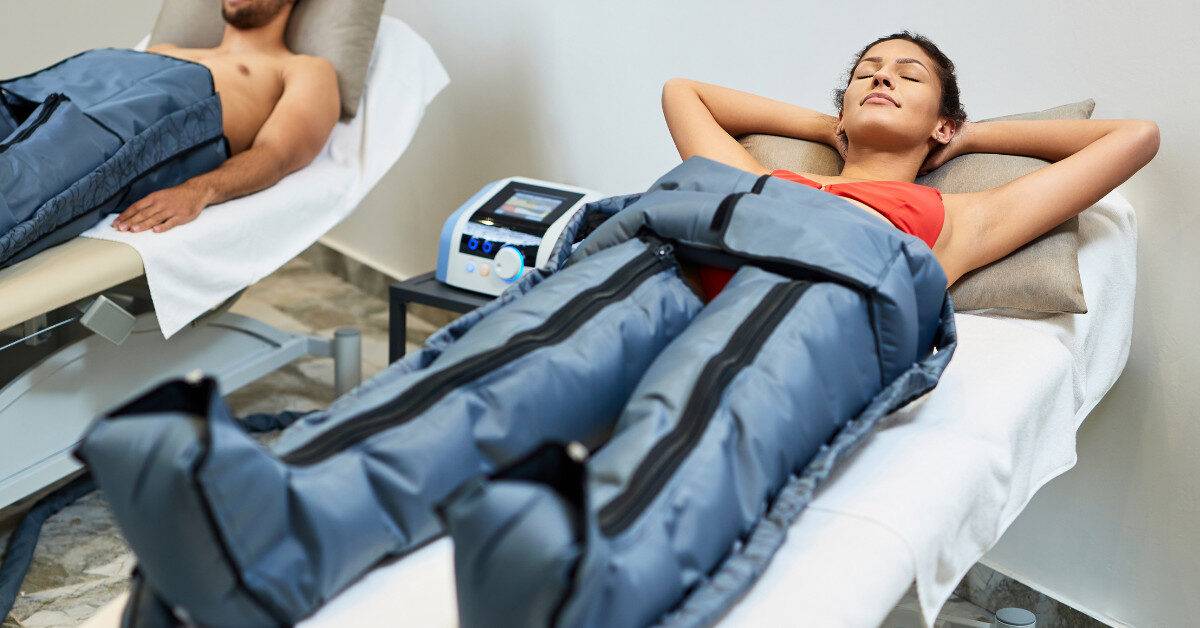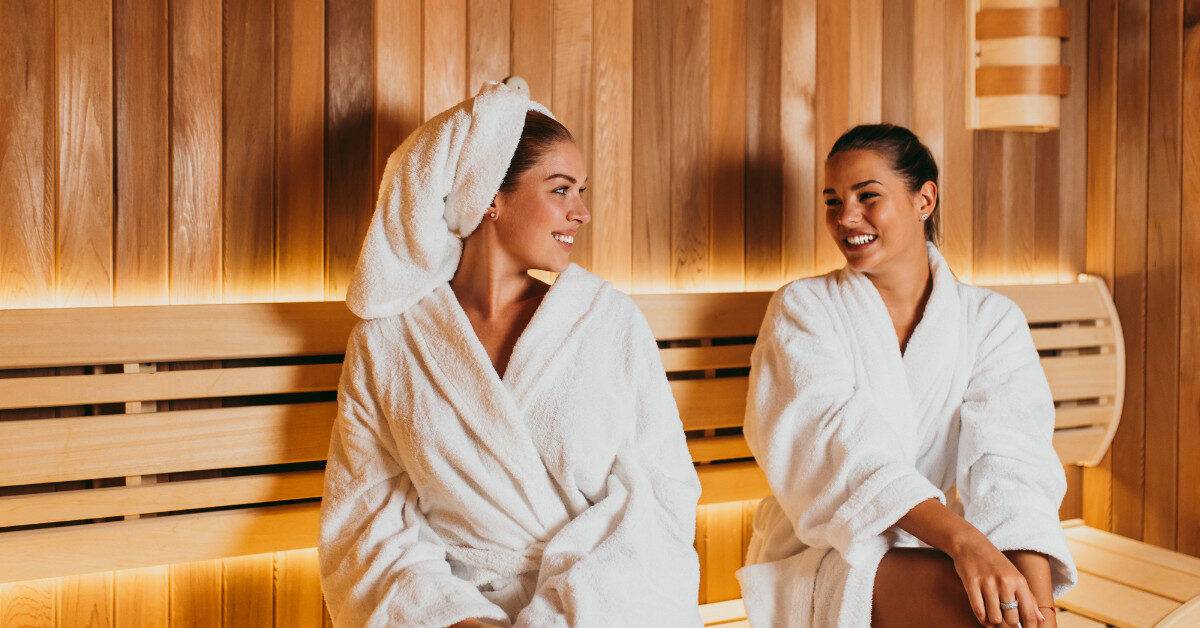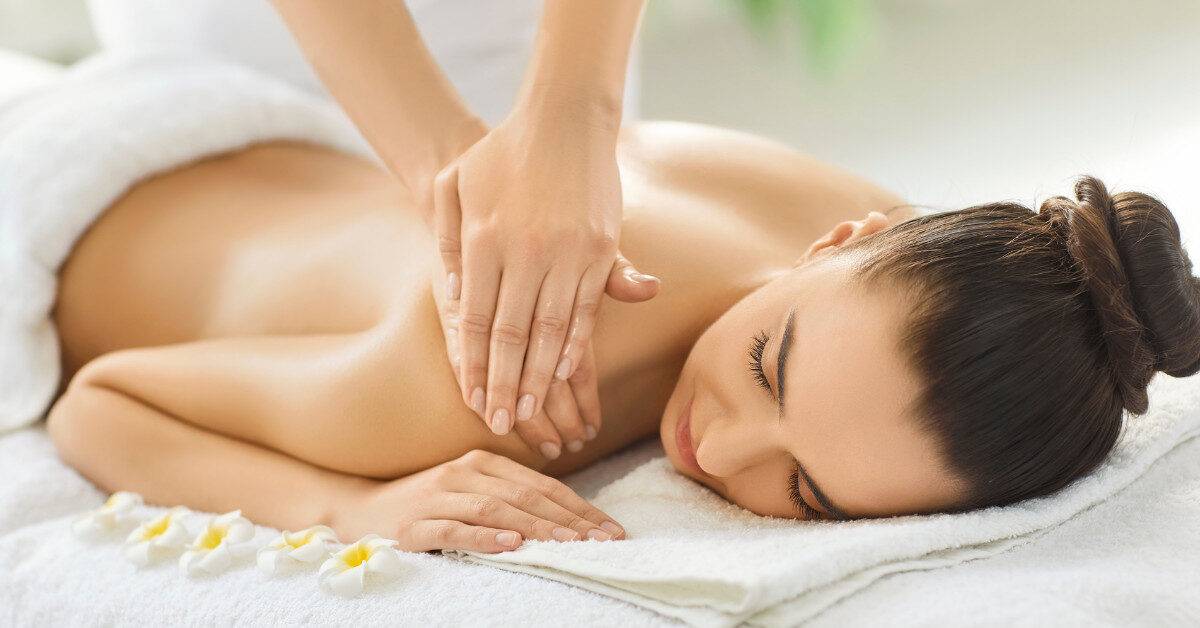In recent years, cold plunge therapy has taken the wellness, recovery, and fitness industries by storm. Whether you’ve seen professional athletes stepping into icy tubs after a big game, or influencers sharing their morning plunge routines, there’s no denying that cold water has become a powerful recovery tool. But beyond the hype, science backs its effectiveness.
At its core, cold plunge therapy involves immersing your body in very cold water for a short period. This might sound intimidating, but the benefits range from reducing inflammation and muscle soreness to boosting energy and mental clarity. For athletes, it’s a way to recover faster and train harder; for everyday individuals, it’s a way to reduce stress, sleep better, and improve overall health.
At MG Sports Massage, we know that recovery doesn’t come from one solution alone. That’s why we advocate for combining massage, stretching, and therapies like cold water immersion to give your body a complete and holistic recovery plan.
What Is Cold Plunge Therapy?
Cold plunge therapy is the practice of immersing the body in cold water, usually maintained between 50–59°F (10–15°C), for a short period of time. While it sounds similar to ice bath therapy, there are some differences. Ice baths typically last longer, with athletes sitting in tubs filled with ice for 10–20 minutes. A cold plunge, on the other hand, is shorter but often just as effective.
The principle behind this practice is simple: cold water shocks the body, forcing blood vessels to constrict. Once you get out and warm up, blood vessels dilate again, flushing out metabolic waste and bringing oxygen-rich blood back to the muscles. This process not only helps reduce soreness but also accelerates healing.
Some practitioners refer to it as cold exposure therapy because it’s not just about recovery — it’s also about training the body and mind to handle stress. Much like meditation, it teaches control, discipline, and resilience.
At MG Sports Massage, we use cold plunges as a complement to muscle recovery therapy, ensuring clients recover fully after training sessions, competitions, or even stressful work weeks.
Key Benefits of Cold Plunge Therapy
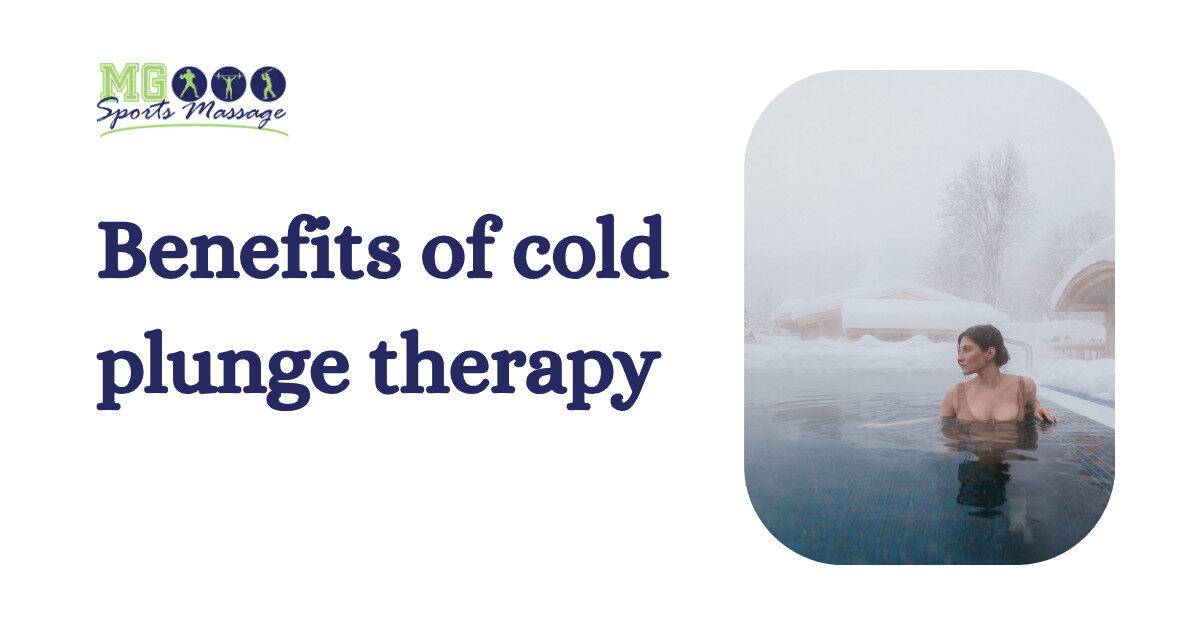
Muscle Recovery & Reduced Inflammation
One of the most well-known advantages of cold plunge therapy is its impact on muscles. After intense training, micro-tears in muscle fibers lead to soreness and inflammation. By temporarily restricting blood flow, cold water reduces swelling and allows the muscles to heal more effectively.
This makes it a natural type of inflammation reduction therapy. For athletes, pairing a cold plunge with a recovery ice bath or targeted massage can shorten recovery time, reduce soreness, and allow for more consistent training schedules.
Improved Circulation & Immune Support
Cold water forces blood vessels to constrict, improving circulation efficiency. Once the body warms back up, circulation increases, flushing toxins from the system and replenishing muscles with oxygen. Over time, this process supports cardiovascular health and strengthens the immune system.
For athletes, cold water therapy for athletes can mean fewer missed training days due to illness or fatigue. At MG Sports Massage, we’ve seen clients use cold plunges to complement their wellness routines, leading to improved endurance and fewer injuries.
Stress Relief & Mental Clarity
The shock of cold water may feel overwhelming at first, but once your body adjusts, it creates a sense of calm. Cold plunges stimulate the release of endorphins, often referred to as “feel-good hormones,” which lower stress and boost mood.
Many who engage in regular cold exposure therapy report better focus, increased mental resilience, and reduced symptoms of anxiety or burnout. For busy professionals, a morning plunge can be as energizing as a cup of coffee, but with longer-lasting effects.
Boosted Energy & Better Sleep
A lesser-known but powerful benefit of cold plunge therapy is improved sleep quality. By regulating your nervous system and lowering core body temperature, cold plunges help the body prepare for restful, deep sleep. On the flip side, they also energize you when used in the morning, stimulating alertness and mental sharpness.
At MG Sports Massage, we encourage clients to incorporate cold plunges after training sessions or massage treatments. This combination enhances recovery, reduces stress, and creates a natural balance of relaxation and energy.
Read More Blog : 10 Proven Ways Red Light Therapy Recovery Relieves Muscle Pain
Risks and Considerations
As beneficial as cold plunge therapy is, it’s not for everyone. Individuals with heart disease, high blood pressure, or circulatory disorders should avoid cold plunges unless cleared by a doctor. The sudden drop in temperature can put strain on the cardiovascular system, making medical guidance essential.
Other risks include overexposure. Staying in icy water for too long can lead to hypothermia or numbness. That’s why it’s important to keep sessions short and gradual, especially if you’re just starting out.
At MG Sports Massage, we always stress the importance of safety. We guide clients on how to use cold water immersion properly, ensuring that the therapy supports recovery without putting the body under unnecessary stress.
How to Get Started with Cold Plunge Therapy
If you’re new to cold plunge therapy, the key is to start small and build tolerance over time. Here are a few steps to help you begin safely:
- Water Temperature: Keep the plunge water between 50–59°F (10–15°C).
- Duration: Begin with 1–2 minutes and gradually increase to 5–10 minutes as your body adapts.
- Frequency: Aim for 2–3 sessions per week to see noticeable benefits.
It’s also helpful to pair cold plunges with other recovery practices. For example, using a recovery ice bath after an intense workout, followed by sports massage, maximizes recovery. At MG Sports Massage, we often recommend alternating between hot and cold treatments — such as using a sauna before plunging — to boost circulation and enhance results.
Cold Plunge Therapy vs. Other Recovery Methods
Wondering how cold plunge therapy compares to other recovery techniques? Here’s a quick breakdown:
- Ice Bath Therapy: Longer sessions, often after heavy workouts. More extreme but highly effective.
- Sauna/Heat Therapy: Great for relaxation and circulation, but doesn’t reduce inflammation the same way cold does.
- Massage Therapy: Improves flexibility, relieves muscle tension, and boosts recovery.
The best approach isn’t choosing one over the other — it’s combining them. At MG Sports Massage, we design recovery plans that integrate cold plunges, muscle recovery therapy, stretching, and massage for well-rounded results.
Read Other Blog : Why Every Athlete Needs Sport Stretching Massage in Their Routine
Why Choose MG Sports Massage for Recovery?
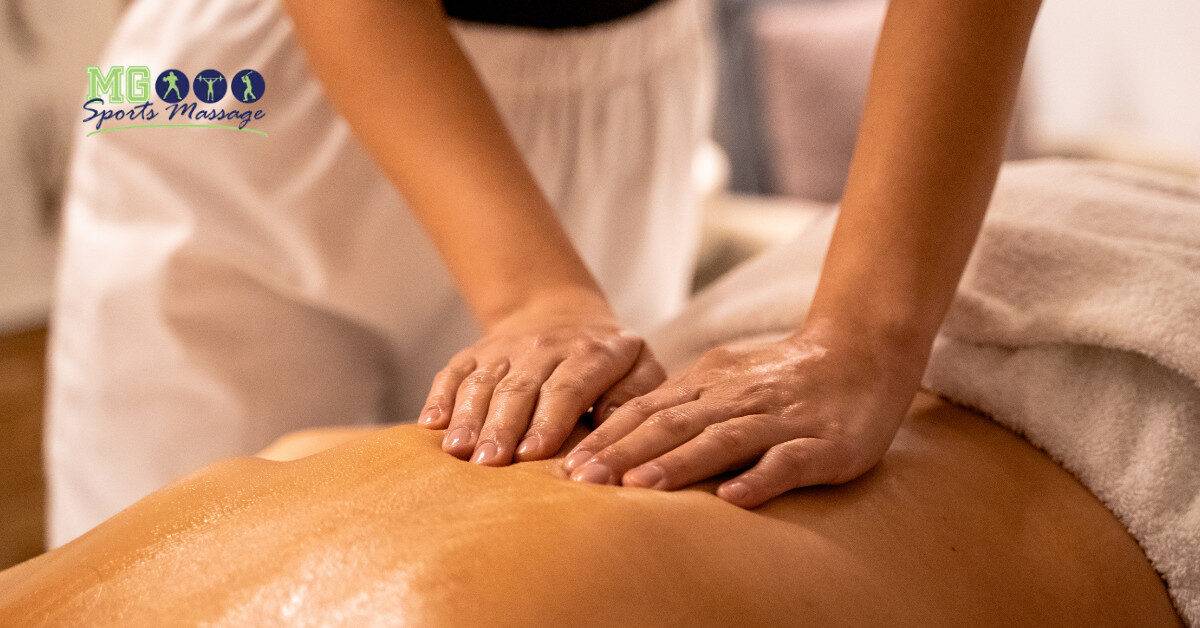
At MG Sports Massage, we’re passionate about helping clients unlock their best performance and recovery potential. Here’s why we stand out:
- Expertise in Muscle Recovery Therapy: Our therapists specialize in techniques that reduce soreness, accelerate healing, and improve performance.
- Holistic Services: From deep tissue massage to guidance on cold water therapy for athletes, we offer a complete recovery solution.
- Personalized Approach: Every client has unique needs, and we tailor therapies like cold plunge therapy to align with your fitness goals, schedule, and comfort level.
Conclusion
Cold plunge therapy is more than a fitness trend — it’s a proven method to improve muscle recovery, enhance mental clarity, reduce stress, and support overall health. Whether you’re an athlete chasing peak performance or simply looking for natural ways to recover from daily stress, cold plunges can deliver life-changing results.
At MG Sports Massage, we encourage clients to combine cold plunges with professional massage for maximum impact. Together, therapies like cold exposure therapy, ice bath therapy, and targeted massage create a well-rounded recovery plan that leaves you stronger, more resilient, and ready to take on whatever challenges come your way.


